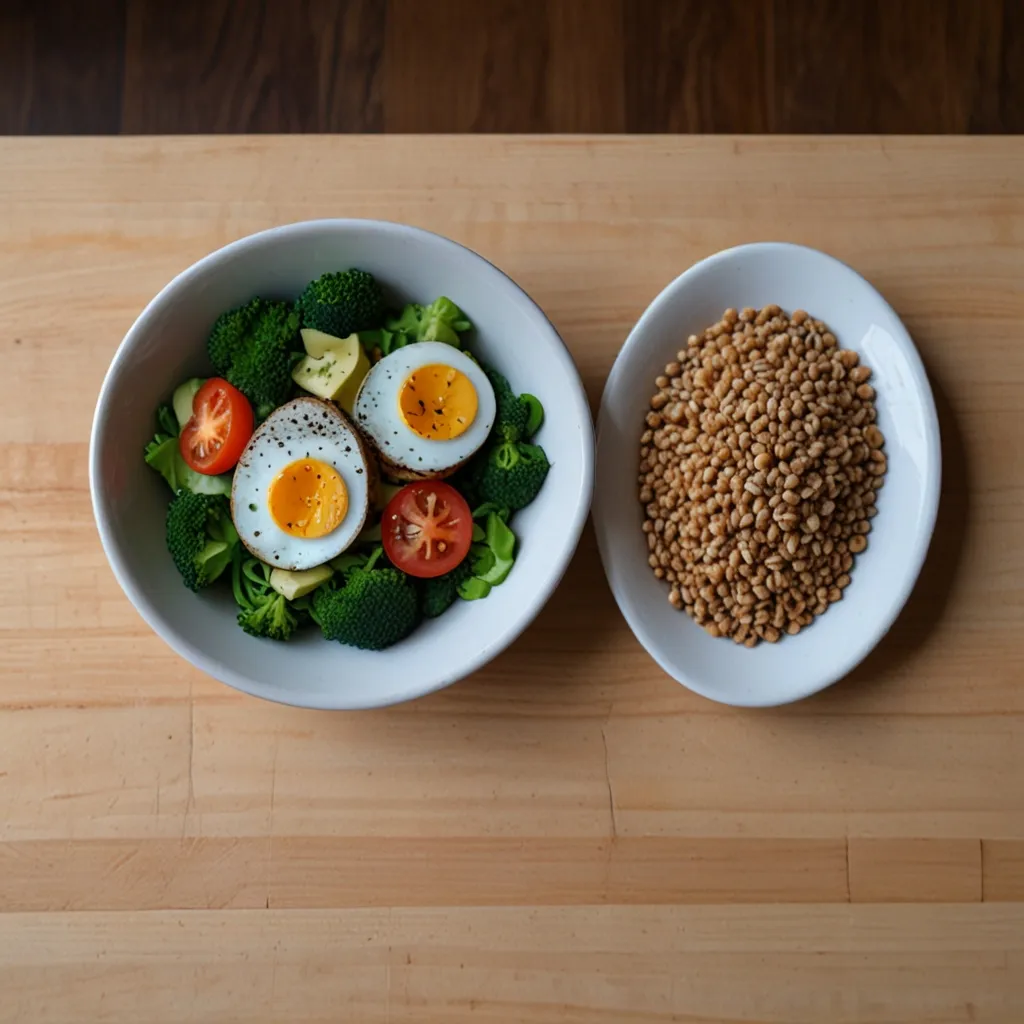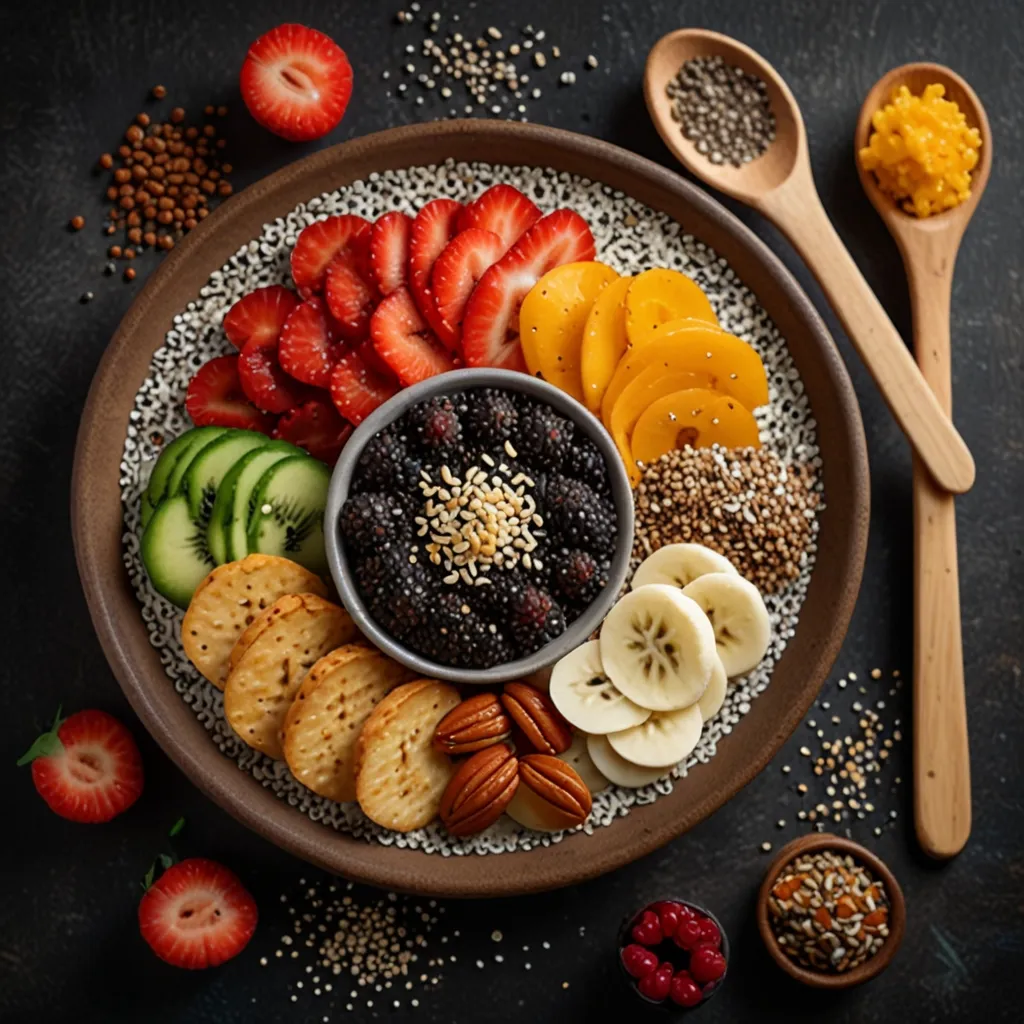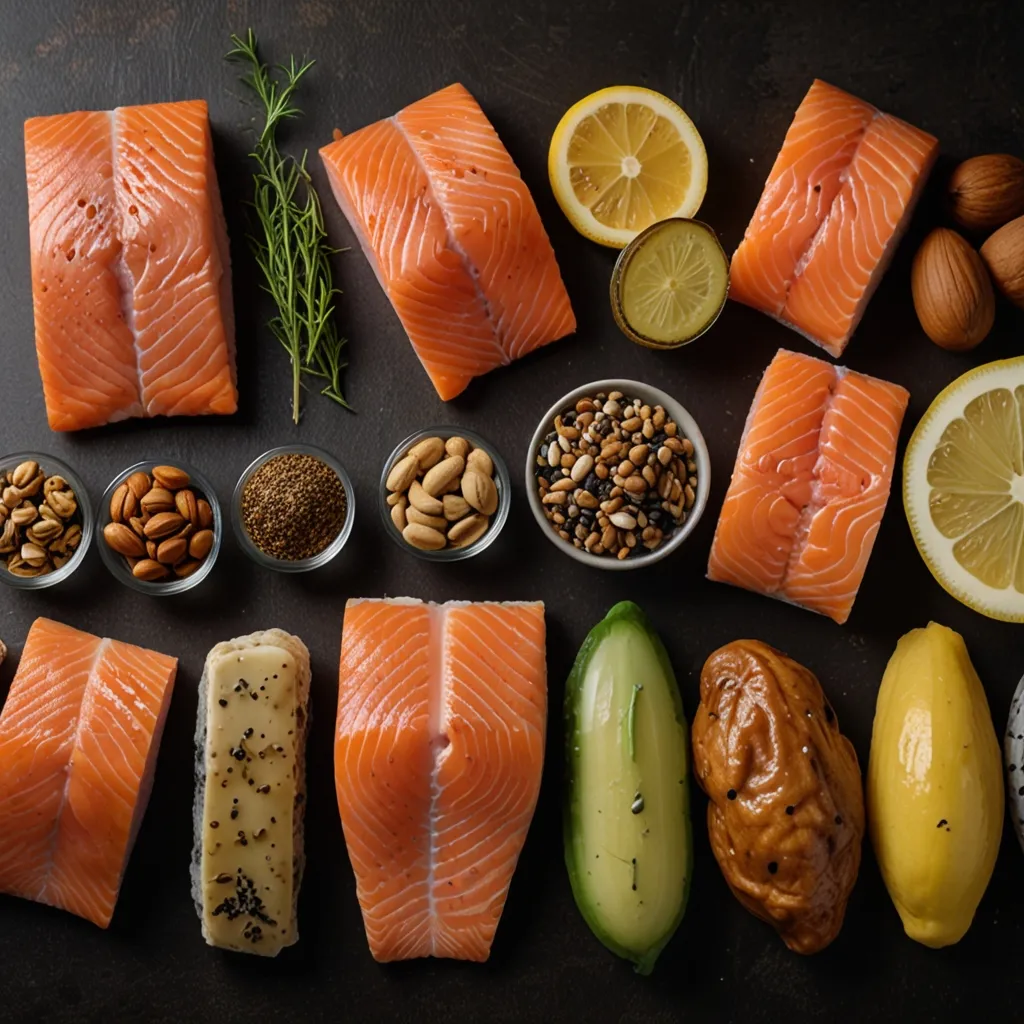Losing belly fat is quite the journey, both challenging and rewarding. It’s not just about looking good in a mirror, but about taking real steps towards a healthier life. Let’s break down some ways to get the ball rolling.
First up, diet. High-fiber foods can work wonders. Think lentils, beans, chickpeas, almonds, and fruits like apples and raspberries. These goodies keep you feeling full for longer, which means less snacking on junk food.
Meal prep can be a lifesaver, too. Planning out healthy meals and snacks ahead of time prevents those last-minute fast food splurges. It’s about making good choices easy and accessible.
Then there’s sleep. Not getting enough zzz’s can mess with your hunger hormones, making you crave food. Try to hit that sweet spot of about seven hours a night. Good sleep habits like ditching electronics before bed can help.
Managing stress is also key. When you’re stressed, your body pumps out cortisol, a hormone that loves to add to your belly fat. Activities like meditation, yoga, or even just a walk can keep stress levels in check.
Keeping a food journal? Super handy. Writing down what you eat can keep you accountable and make it easier to spot patterns. Whether it’s an old-school notebook or a high-tech app, it’s a game-changer.
Don’t underestimate resistance training. Building muscle helps burn more calories and tackles visceral fat. And if you mix in some cardio, even better. Just make sure to check in with a doctor or trainer when starting new workouts.
Dropping sugar-sweetened drinks from your diet is crucial. Sodas, sweet teas, and similar beverages are packed with sugars that contribute to belly fat. Your brain doesn’t register liquid calories the same way as solids, often leading to overconsumption.
Fatty fish like salmon, sardines, and mackerel can be your best friends. Packed with protein and omega-3 fats, they help reduce visceral fat and keep chronic illnesses at bay. Aim for a few servings each week.
Beware of trans fats, a big no-no often found in partially hydrogenated oils. These fats not only hike up heart disease risk but also add to belly fat. Reading ingredient labels can help you avoid them.
Cutting down on refined carbs and sticking to whole grains, legumes, and vegetables makes a big difference. You don’t need to go full-on low-carb; just choose better carbs.
Exercise is a must. Aim for at least 30 minutes of moderate activity, like brisk walking or biking, on most days. Small changes, like opting for stairs over elevators, also help.
Sometimes, addressing internal issues like digestive problems or hormonal imbalances with natural supplements and a balanced diet can make a huge difference.
Remember, losing belly fat is a marathon, not a sprint. Be patient and keep at it. Every small change counts and it’s essential to celebrate those little victories along the way. Stay positive and keep pushing forward.






